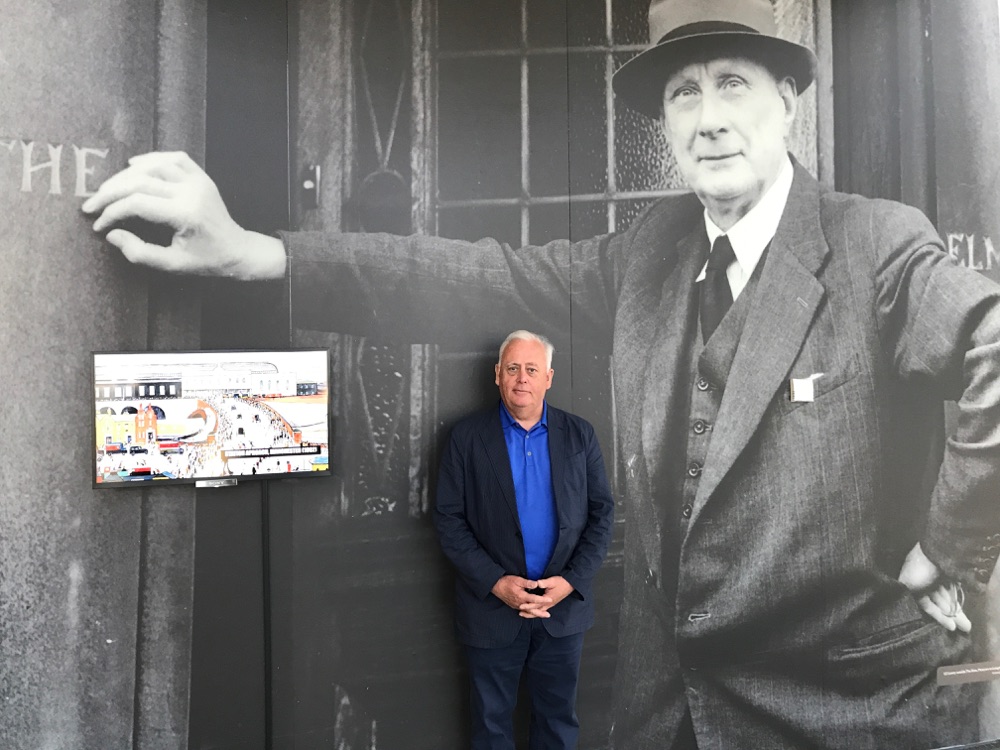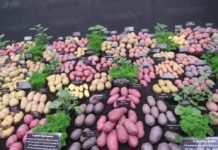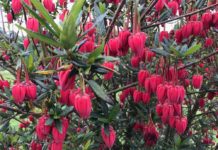Before leaving Manchester for the Lake District, we stopped to see the superb art of 20th century painter L.S. Lowry at the Lowry Museum at Salford Quays.
This spectacular complex, opened in 2000 by the Queen, was part of a major transformation of the former derelict dock lands.
Lowry painted dramatic landscapes of factories and mills with smoking chimneys and treeless streets and open spaces packed with people that were compared to “matchstick” figures.

It was the first time I had seen Lowry paintings in reality rather than in a book or magazine or poster print.
I was surprised how much more striking the paintings were when I could see them close up and see Lowry’s strong and confident brush strokes and clear and confident lines.
The Lowry has outstanding collections arranged in a way that not only tells Lowry’s story as a rent collector who found time to paint for only a few hours a day and yet managed to turn out dozens of what are today considered masterpieces, capturing in a totally unsentimental way the grim and gritty street life and industrial scenes in Manchester in the early 1900s.

From Manchester, we moved to the western Lake District, checking into a beautiful country hotel near Windermere.
Our first destination the next day was Levens Hall to see arguably the most impressive topiary garden in the world with magnificent clipped yews that are more than 300 years old and are next to a superb Elizabethan manor house.

We were greeted by Levens head gardener Chris Crowder who told us we had the perfect day to see the garden, not only because of the glorious sunshine and blue sky but also because the topiary become a little “fuzzy” later in the season when new growth means they have to be clipped and trimmed to keep them looking perfect and the garden is noisy with the sound of hedge-trimmers.

We enjoyed walking into the main topiary garden where we found about 100 huge sculptured yews, some with such names as The Umbrella, the Wig, the Chess Pieces, and others that had been clipped into spectacular columns, pyramids, bird images, boxes, spirals and multi-layered cloud-like shapes.
The garden also has a beautiful orchard full of apple, plum and medlar trees with masses of white flowering wild onions covering the ground under the delightful blossoms of the fruit trees.

Levens is a bigger garden than we expected with an impressive nuttery with elegantly shaped mature hazelnut trees, and towering clipped hedges and substantial drifts of silver-leaf artichokes.
Deeper into the garden, we found lovely pleached beech hedges and a wonderful shady walk created by corridors of espaliered lime trees, tightly clipped to create walkways leading to a large water basin with fountain.

We also admired the clever way trees and hedges had been planted to accentuate vistas and create attractive, inviting views along through to topiaries and gaps in hedges and along the straight lines of stroll paths.

From Levens, we moved on to Ambleside and to Grasmere where we visited Dove Cottage, the home of William and Dorothy Wordsworth in 1799. This was where William Wordsworth wrote some of his most famous poems, including` Daffodils, and also where he hosted friends, such as fellow poet Samuel Taylor Coleridge.

After a walk in Grasmere and around Ambleside, we moved back to Windermere and closed our afternoon with tea and ice cream before heading back to the hotel for dinner. Wonderful day.




















